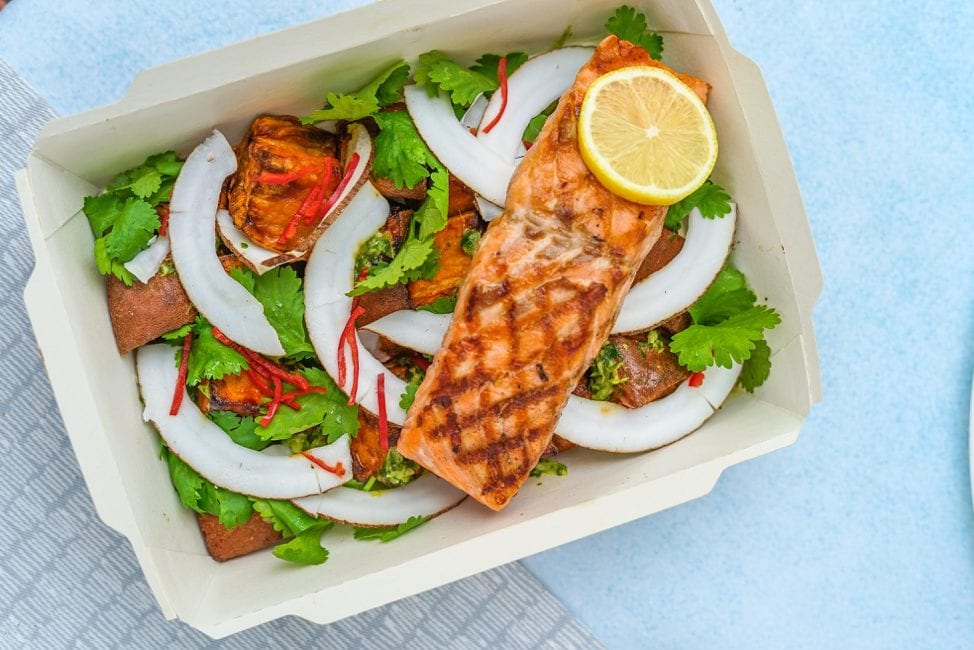I started reading the book “Anticancer: A New Way of Life” and I was truly fascinated by what I was reading about an anti-inflammatory diet. I soon began exploring the internet for further information on the healing properties of food and how diet could be incorporated into physical therapy treatments.
Inflammation… is it good or bad for us? Well, the answer is both.
Our immune system is alerted when the body recognizes a foreign body, like a chemical, allergen, or an invading microbe, and the inflammatory process is triggered to fight these invaders off. These bouts of inflammation, which are directed at these truly threatening invaders, are necessary to protect our overall health.
However, persistent inflammation that continues to occur day in and day out without any real threat can become problematic and have serious consequences.
Chronic inflammation can lead to the development of major diseases including diabetes, cancer, heart disease, Alzheimer’s, and arthritis — however, their development and effects may not be felt until years later. This chronic inflammation may be coming from the inflammatory foods we are eating as well as stress and inactivity.
Inflammatory foods, as you are probably not surprised to hear, include the following:
- Soda or other sugar-sweetened beverages
- Fried foods
- Processed meats like hot dogs or sausage
- Refined carbohydrates like white bread, pastries, and items with white flour
- Red meat from industrialized animals who are fed corn and/or soy as well as margarine/lard
One of the most powerful and easiest tools to fight inflammation are certain foods. These anti-inflammatory foods are high in natural anti-oxidants and polyphenols, which are protective compounds found in plants.
Anti-inflammatory foods include:
- Fatty fish like salmon (wild caught or farmed)
- Oils like extra virgin olive oil, flaxseed oil, and canola oil
- Leafy green vegetables like broccoli, kale, and spinach
- Fruits including blueberries, strawberries, and cherries
- Nuts like almond and walnuts
The foods mentioned above are found in a Mediterranean diet. A Mediterranean diet is an eating plan that closely follows the tenets of anti-inflammatory eating. This diet is high in fruits, vegetables, nuts, whole grains, fish, and healthy oils. As you can see, this list does not include processed or refined foods and is more natural.
Moving towards an anti-inflammatory diet is key to long-term health.
According to Dr. Fung at Endocrine Web, “probably the most important point to remember is that while a Mediterranean diet reflects a healthy approach to eating, the more important goal is for you to find a precise food plan that works best for you; one you can stick with (more or less) day in and day out.”
To make some easy changes, consider switching out some of these foods:
- Switch white flour for multi-grain flour for baking
- Switch red meat from industrialized raised animals to organic meat from grass-fed animals
- Switch soda for water naturally flavored with lemon or cucumber or try green tea
- Switch jams, jellies, or fruit in syrup for fruit in its natural state.
- Switch French fries or potatoes for vegetables like broccoli, mushrooms, kale, spinach, or sweet potato
- Switch white bread for multi-grain bread or sourdough
- Use olive oil or flaxseed oil for cooking instead of lard, margarine, or sunflower oil
By making small changes, you can reap the benefits of reducing inflammation and therefore, reduce your risk for the development of major diseases. Eating an anti-inflammatory diet that focuses on eating foods in their natural state (not processed) can have huge health benefits.
If you are interested in the role the anti-inflammatory diet can play in your physical therapy treatment plan, contact one of our conveniently located clinics.




